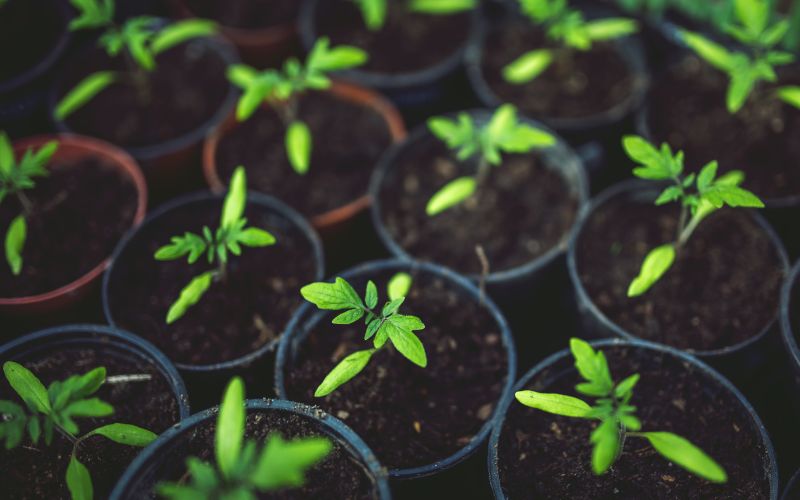Tomatoes are typically grown as annuals, which means that they complete their life cycle within a single growing season. While it is possible to keep tomato plants alive from one year to the next and get them to produce fruit again, most gardeners choose to start fresh each year for several reasons:
- Tomato plants are easily damaged by frost: Tomato plants are highly frost intolerant and need to be overwintered indoors or in a greenhouse in areas that receive low to freezing temperatures in winter. This creates additional work that may not be worth the trouble.
- Disease management: Tomatoes are susceptible to a variety of diseases, including blight, wilt, and mosaic virus. Even with careful management, disease organisms can build up in the soil over time, making it more difficult to grow healthy tomato plants. Planting tomatoes in a different area of the garden each year, or rotating with other crops, can help reduce disease pressure.
- Soil fertility: Tomato plants are heavy feeders and require a lot of nutrients to grow and produce fruit. Over time, the soil in a particular area may have lost these nutrients, making it more difficult to grow healthy tomato plants. By amending the soil with organic matter and fertilizer each year before transplanting tomatoes into your garden, you can help maintain soil fertility and ensure healthy plant growth.
- Improved productivity: New tomato plants are generally more vigorous and productive than older plants that have been kept alive from one year to the next. Starting with fresh plants can help to ensure a better harvest.
- Variety selection and rotation: Gardeners may choose to try new tomato varieties each year to experiment with different flavors, colors, and growing habits.
So, while you don’t have to plant tomatoes every year, it’s generally easier and more productive to start with fresh plants each season. Rotating tomato plants with other crops, managing diseases, and maintaining soil fertility can all help ensure healthy plant growth and productive harvests.
Want more information on how to start growing tomatoes? Visit our Ultimate Beginners Guide to Growing Tomatoes at Home

